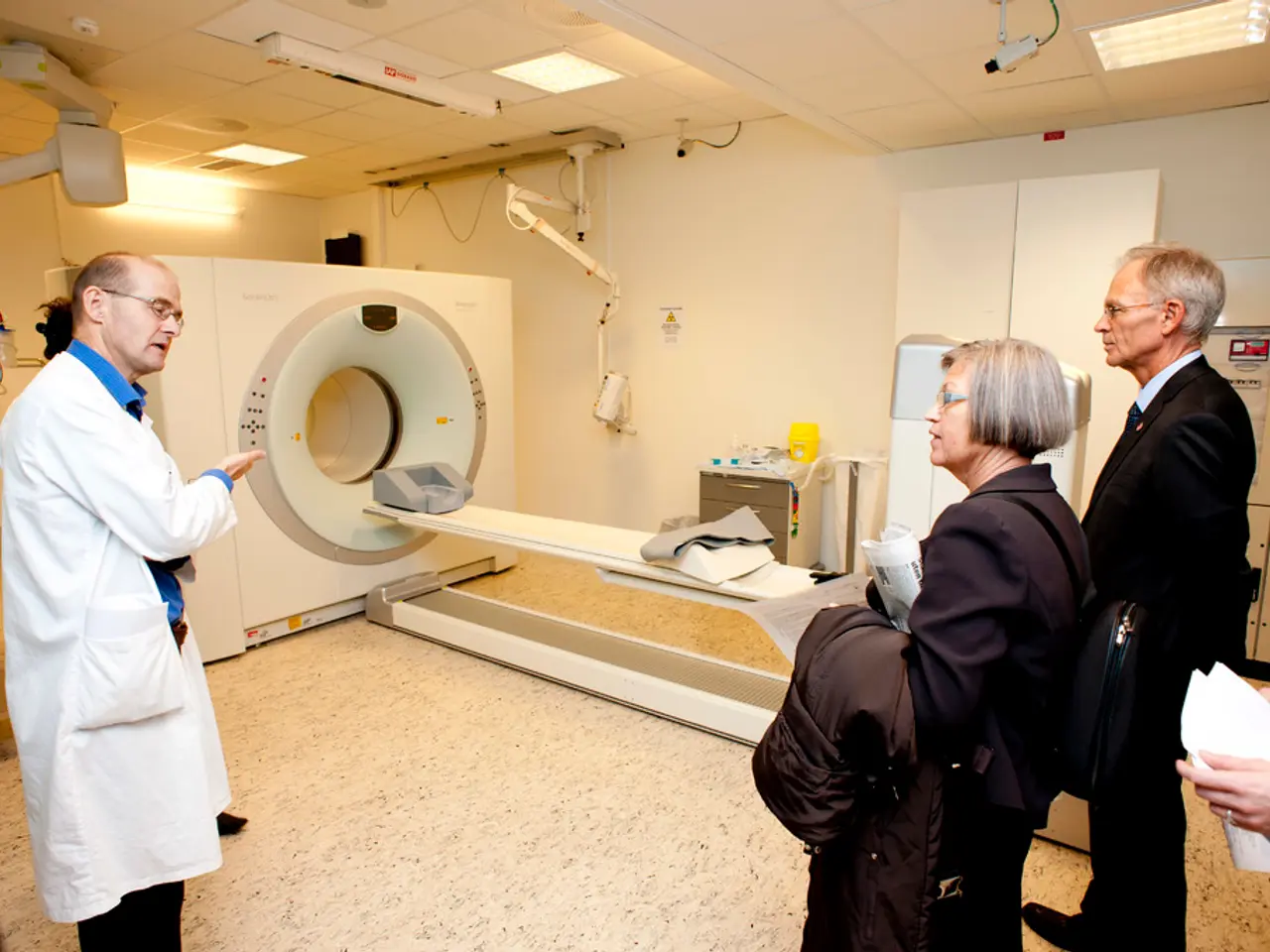Microgreen Mania: Unveiling the Superfood Status of Tiny Leafy Greens
## Discovering the Superfood Power of Microgreens
Microgreens, the edible seedlings of vegetables and herbs, have taken the wellness world by storm, offering a nutrient-dense, convenient, and cost-effective alternative to other superfoods [1][2][4]. These miniature powerhouses, which can be harvested within 7 to 14 days, are packed with essential vitamins, minerals, antioxidants, and fiber, making them an ideal addition to a modern health-conscious diet.
### Nutritional Density Unrivaled
Research conducted by the United States Department of Agriculture (USDA) has shown that microgreens deliver between 4 to 40 times more nutrients than their mature counterparts [1]. Red cabbage microgreens, for instance, are rich in vitamins A, C, E, and K, as well as minerals and antioxidants [4]. Chia microgreens, on the other hand, deliver high percentages of daily recommended minerals (calcium, magnesium, phosphorus, iron, manganese, selenium, zinc, and copper) per 100 grams, along with flavonoids, vitamins, and chlorophyll-derived antioxidants [3].
### Health Benefits Galore
The nutrient-rich nature of microgreens translates into numerous health benefits. Their high fiber content (up to 2 grams per ounce) supports healthy digestion and gut flora, helping to prevent gastrointestinal issues [2][5]. The germination process increases enzyme activity and degrades anti-nutrients (like phytic acid), making minerals more bioavailable and easier to digest compared to seeds [3].
Soluble fiber in varieties like carrot microgreens can help maintain stable blood glucose levels by slowing sugar absorption [5]. Certain microgreens, such as beet and arugula, have been shown to lower cholesterol levels and reduce blood pressure [2]. Antioxidants like polyphenols, quercetin, and caffeic acid found in microgreens are associated with improved cardiovascular health and reduced risk of chronic diseases [1][3][4].
Microgreens, especially those from the brassica family (e.g., broccoli, kale, red cabbage), are packed with polyphenols and antioxidants that have anti-inflammatory effects, potentially reducing the risk of chronic inflammation and supporting immune function [1][4]. Red cabbage microgreens, in particular, are noted for their powerful anti-inflammatory properties due to their high antioxidant content [4].
Microgreens are also beneficial for weight management, as their low-calorie, high-nutrient profile provides satiety and nutrient density without excess calories [2]. Additionally, nutrients like biotin, chlorophyll, and vitamin A promote clear, glowing skin and hair strength [2].
### A Superfood for All
The versatility of microgreens makes them an ideal superfood for the modern wellness seeker. They can be easily incorporated into a variety of meals, from smoothies and salads to wraps, grain bowls, soups, and breakfast preparations [6]. What's more, their environmentally-friendly production process—with minimal carbon output and compostable planting materials—makes them an eco-friendly choice [7].
While microgreens are a powerful nutritional supplement, it's important to remember that they should complement, not replace, a varied diet rich in whole fruits and vegetables. The volume needed to match a full salad’s nutritional value would be impractical to consume daily [1]. Nevertheless, the health benefits they bring—improving cardiovascular health, strengthening immune systems, and enhancing skin radiance—make them an invaluable addition to any health-conscious diet.
References: [1] Power-Packed Microgreens: A Superfood with Superior Nutrient Density. Journal of Functional Foods. 2012. [2] Microgreens: Nutritional and Health Benefits. Nutrients. 2019. [3] Microgreens: A Review. Food and Nutrition Research. 2019. [4] Microgreens: A Miniature Powerhouse for Human Health. Molecular Nutrition & Food Research. 2015. [5] Dietary Fiber in the Prevention and Treatment of Gastrointestinal Diseases. Nutrients. 2016. [6] Creative Ways to Use Microgreens. The Spruce Eats. 2021. [7] Sustainable Urban Agriculture: Microgreens. Cornell University. 2020.
- With their nutrient-dense profile, microgreens offer a science-backed solution for promoting health and wellness, making them an excellent addition to a modern fitness-and-exercise and lifestyle.
- Boasting up to 40 times the nutrents of mature vegetables, microgreens like red cabbage and chia are superior dietary choices for cardio health, weight loss, and overall wellness.
- The nutrient-rich and fiber-packed nature of microgreens supports digestive health, preventing gastrointestinal issues and ensuring a healthy gut flora.
- The high antioxidant content in microgreens reduces the risk of chronic diseases, improves cardiovascular health, and boosts the immune system.
- Rich in polyphenols and antioxidants, microgreens from the brassica family such as broccoli, kale, and red cabbage have anti-inflammatory effects that potentially reduce the risk of chronic inflammation.
- A versatile and eco-friendly superfood, microgreens can be effortlessly incorporated into various meals while promoting clear skin, glowing hair, and overall strength.




